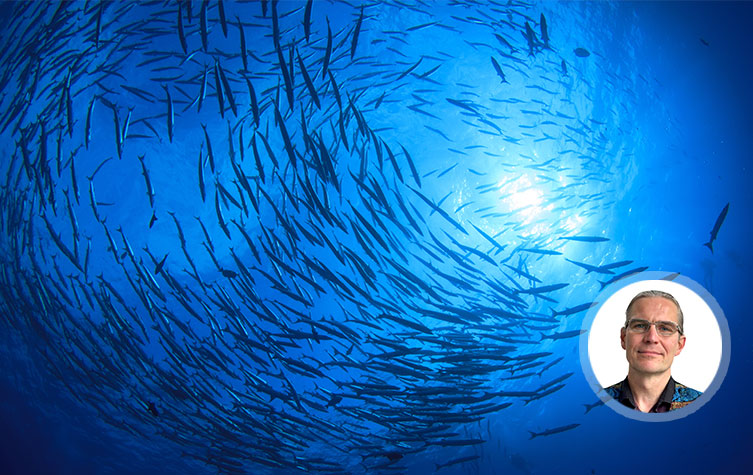Fujitsu’s leading role in sustainable HPC solutions
Tracking and management of the environment can involve high volumes of computer power. To this end, Fujitsu has been at the forefront of HPC innovation, with consistently high global rankings. Our Fugaku system, developed in collaboration with RIKEN, is the cornerstone of our sustainability achievements, winning awards categories including the prestigious Top 500 of the most powerful computer systems in the world.
Using AI to predict the impact of tsunamis
One of the most compelling examples of how Fugaku can be used is its tsunami prediction model. As part of a joint project between Fujitsu, the International Research Institute of Disaster Science (IREDeS) at Tohoku University, and the Earthquake Research Institute at the University of Tokyo, we created a comprehensive dataset by running thousands of tsunami simulations on the supercomputer. We used this to train an AI model to predict the location and extent of tsunamis – giving citizens and authorities more of the most important resource available – time.
But the most remarkable aspect of the innovation behind these predictions is that AI can operate – and deliver rapid results – even on low-power devices, including laptops and smartphones. So, in a crisis situation, we can enable emergency responders with AI tools that give them real-time information on the likely impact and areas affected – so they can organise timely evacuation.
This showcases how HPC and AI are working together to provide critical solutions in the real world, at speed and with low energy consumption. We’re creating technologies that work hardest when people need them most, on devices they already possess.
HPC and AI – Sustainable by design
AI systems can be criticised for their high energy and resource consumption. But with our hybrid approach, we believe AI can save both time and energy. By combining HPC’s initial data-intensive simulations with AI for quick, low-power estimations, we achieve a balance that optimises both efficiency and sustainability.
And while effective training of AI can also require vast quantities of high-quality data, our tsunami prediction model experience highlights just how important comprehensive data sets are in the development of reliable AI tools.
While the training phase of the AI model is resource-intensive, its operation on low-power devices once complete succeeds in making the overall process more sustainable. With the adoption of a hybrid approach, we accelerate response times, extending the practical applications of AI in sectors that range from disaster management to defence.
The game-changing Monaka chip
An even more exciting innovation lies just over the horizon, with Fujitsu’s Monaka chip currently in development and set to be a game-changer by 2027. Monaka aims to deliver high performance with low power consumption through next-generation 2nm chip fabrication. It promises to offer carbon footprint reduction to large-scale data centres and edge deployments. With Monaka, we aim to provide even more sustainable computing solutions for industrial and defence applications.
Forging a sustainable future
Our ongoing efforts to integrate HPC and AI reflect Fujitsu’s commitment to sustainability. From groundbreaking prediction models to energy-efficient chip manufacture, we are dedicated to creating technologies that benefit their users while always working towards minimising their impact.
What makes AI exceptional is its sheer versatility. We are harnessing the power of HPC and AI to build a more resilient – and sustainable – future.
Looking for a more sustainable approach to environmental security challenges? Explore Fujitsu’s Defence and National Security services.

Written by
Chris Derson
HPC Solutions Architect at Fujitsu

